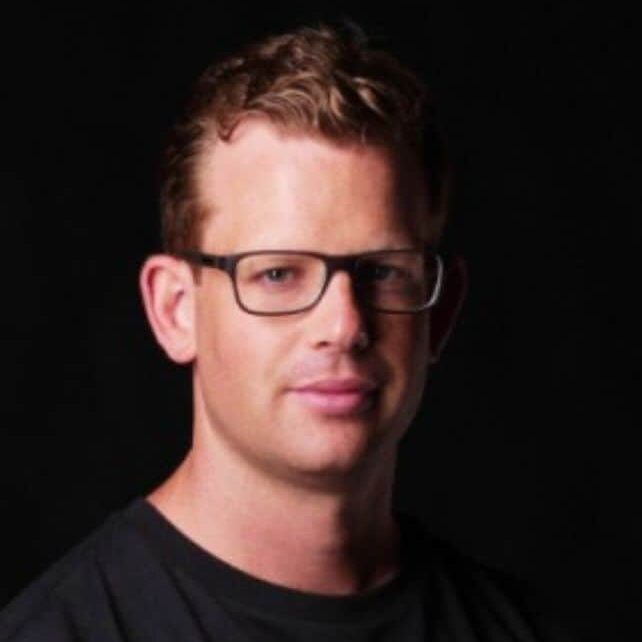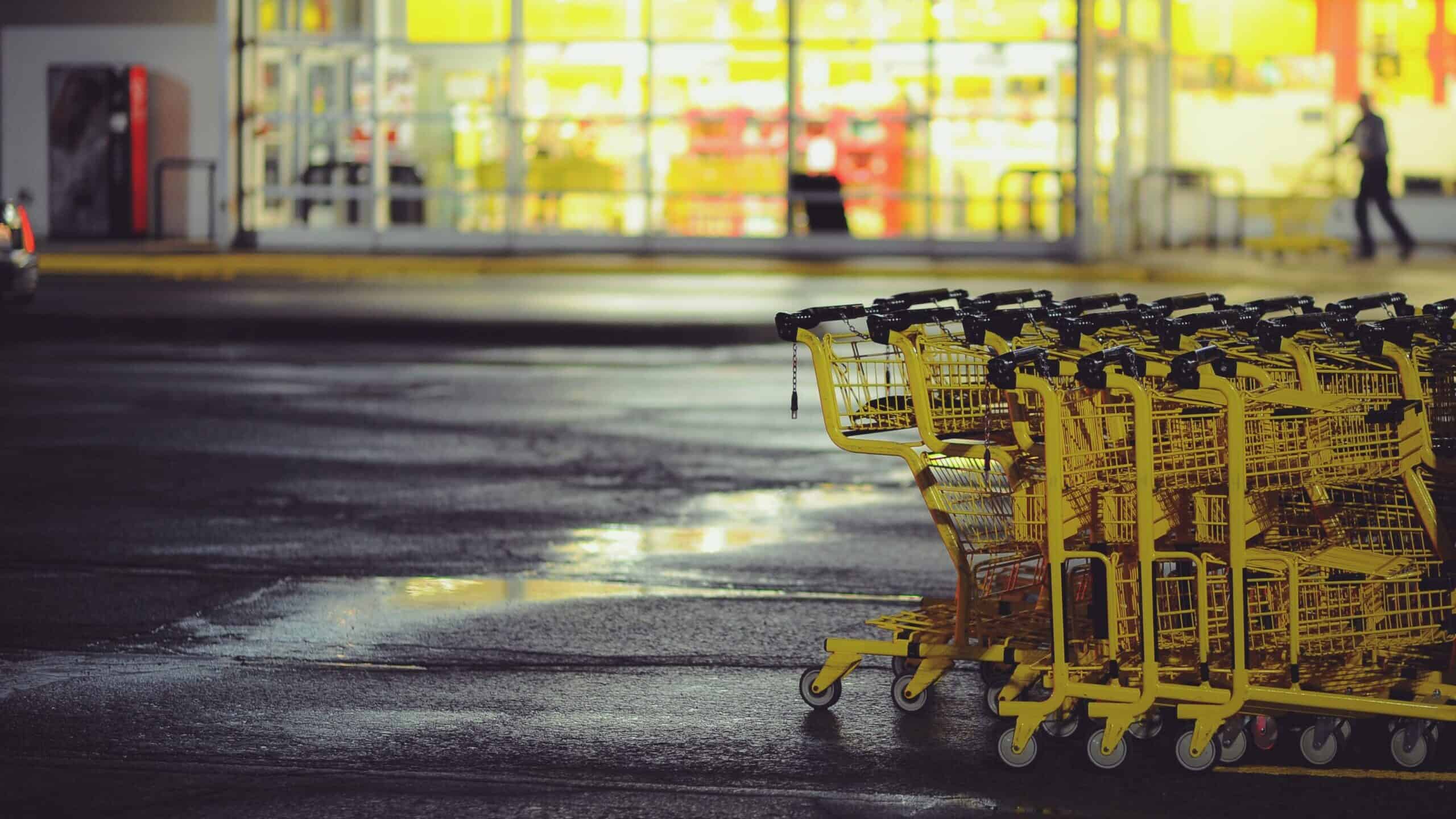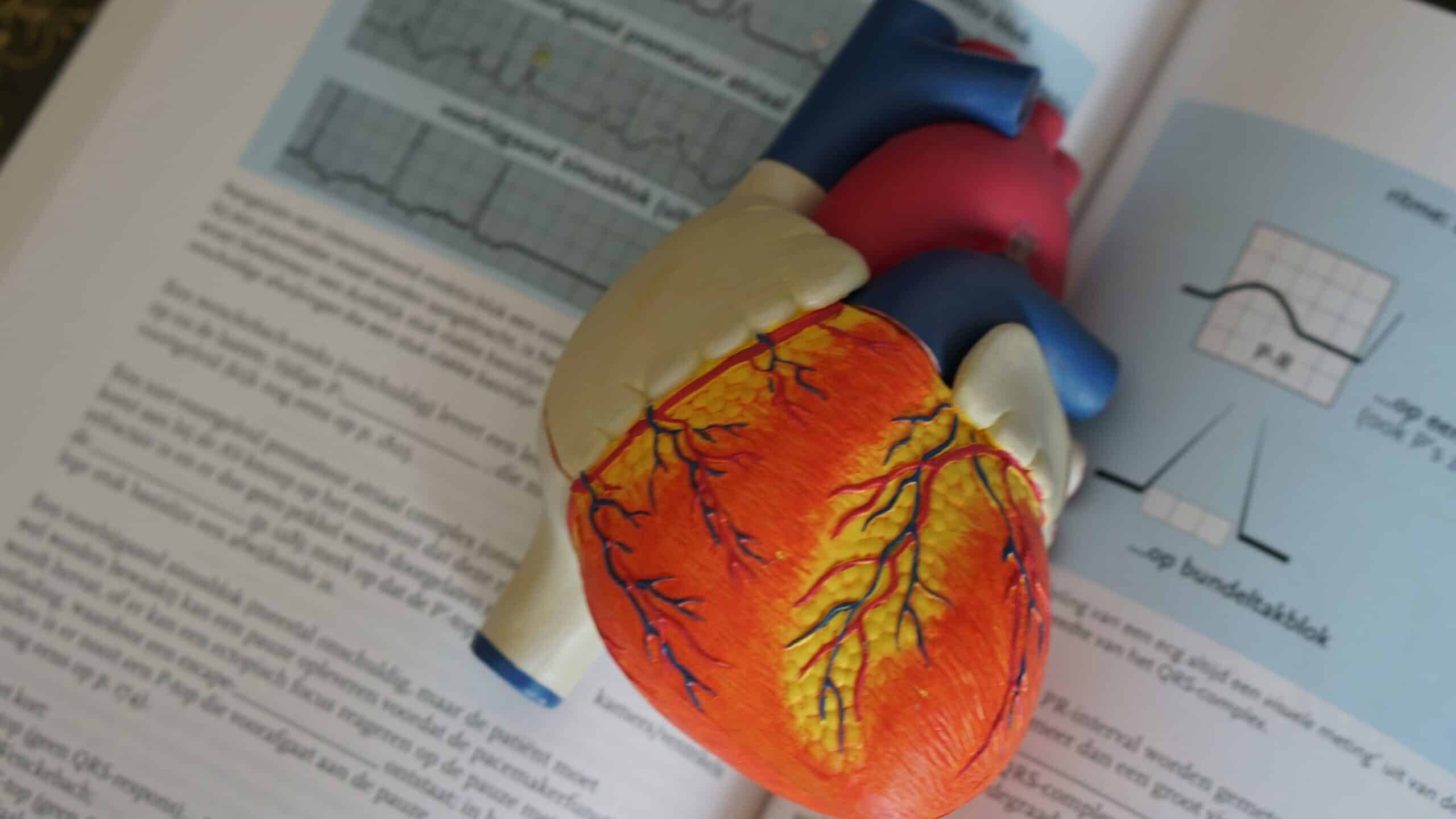Machines in industry break down, but so do people. Avoiding costly work-related injuries is in the best interest of employers, not just because of their reputation, says Soter Analytics’ co-founder Matthew Hart in this interview.

Co-founder and CEO, Soter Analytics
Matthew Hart co-founded Soter Analytics in 2016 together with Alexey Pavlenko. Soter has developed a hardware-enabled software system that helps companies reduce work-related back and shoulder injuries of their workforce.
You founded Soter Analytics in 2016. What were you doing before that?
I grew up in Perth, Australia. After graduating in Mechanical Engineering, I went into mining, the main industry in Western Australia. There, I worked as a reliability engineer at BHP, the world’s largest mining company. My role was to stop machines from breaking. We were using historical data – what had happened to these machines in the past – to try to predict the future. After a couple of years, we started putting sensors on the equipment, which enabled us to move from looking at what had happened in the past to live information. This was very successful – we were able to see breakdowns before they happened. After doing an MBA at HEC in Paris, I decided to start my own business, using my experience as a reliability engineer to solve a new problem.
How did you go from machines to workplace injuries?
Machines in industry break down, but so do people. Safety teams were looking at historical data to try to predict what would injure people in the future. I thought: “Why don’t we put a sensor on people, get live information and understand what is happening right now that might cause them injury?” This was the broad concept I had when I founded Soter.
“Back and shoulder injuries happen frequently and are very expensive because there is a long recovery time.”
What basic problem did you set out to solve?
Back and shoulder injuries happen frequently and are very expensive because there is a long recovery time. There is also a huge productivity loss in the industry, as employees are not available to do the work. Importantly for us, these injuries can be predicted. No-one gets a back injury just like that; it happens over a longer period of time. Eventually, the risk exceeds what your body can handle and then you have a back injury.
How much of a problem are these injuries and how much are they costing companies?
2-3% of workers in manual handling industries get a musculoskeletal injury every year. The total cost for companies and society is USD 140 billion a year, an insanely big number. The individual cost of one of these injuries is around USD 40,000, just to rehabilitate the person. What people don’t talk about is the productivity cost; the cost of not having this person available to do their job. Companies are already facing supply problems and struggling to find workers. Now imagine that you have a team of a hundred workers and three of them get injured each year – it just adds to the problem.
How does your product combine hardware and software into a single package?
We market ourselves as an end-to-end platform for reducing ergonomic injuries for our customers. Our platform helps them hire the right people for the job; those with the right strength or the right physical ability to do it. Using our wearables, we train them to do the job as efficiently and safely as possible. We have a solution called SoterTask, our vision AI product that helps health and safety managers improve the workplace. Through our platform, we also help therapists treat people who have an injury. Our product is a combination of the wearables to train people, the vision recognition to improve the workplace, and all the data we collect from both products to hire the right people and, if necessary, treat them.
How have you incorporated feedback from customers into your product?
Every new solution that we have developed has been done with support and funding from customers, which has made our model unique. The problem we are solving is so big and the solutions on the market were so bad that our customers believed that we could create a good product and actually paid us money to build it. We had very quick development cycles and then tested on real customers, rather than sitting in an office and building a product that nobody wants.
What kind of companies are buying your product?
Large employers. We are pretty industry-agnostic, though. Logistics, warehousing and supply chains are a huge part of our business, but there is also a big manual-handling problem at hospitals, in construction, in mining, and in oil and gas. Every industry that isn’t just people sitting at desks that involves manual handling is a potential customer of ours. We are represented in all the potential industries that we can sell to. Geographically, we have customers across the US and Europe, with a big part of our business in Australia, New Zealand and the Asia-Pacific Region.
Could your product potentially be used by office workers, too?
That is a huge industry for us. Using our vision-recognition technology, we are building a product to help people who are sitting at desks full-time. It will help them set up the desk as ergonomically as possible and give them real-time feedback if their sitting posture starts to slip. Adding office workers to our existing focus on manual workers will double the market size for us.
What distinguishes Soter Analytics from its competitors?
Firstly, the recognition of particular movements is more advanced than among our competitors. For example, we don’t just study people’s postures; we also measure the force of the movements. If you make a hazardous bending movement and lift a piece of paper, there is much less risk than if you pick up a 40 kg box. Secondly, we are thinking about this problem as an end-to-end one. It is not just about training people; it is also about hiring the right people and improving the workplace. In terms of hardware, our product has a thirty-day battery life and is plug-and-play. We just send it to our customers and train them to use it remotely, which makes us much more scalable. Moreover, our product is worker-focused and user-centric: workers manage their own progress using a mobile app, rather than being told to use it by their managers.
What is the potential for scalability?
Our current focus is on getting the world’s really large employers – those with thousands of workers – onto our platform. Yet the majority of the market is actually the mid-sized companies; those with 500-5000 workers. For this, we are partnering with insurance companies to deploy our solution to their customer base. This is an efficient way to tackle the majority of the market.
“Our customers are not just buying Soter so that they can mention it in an annual report.”
How do you expect new rules on workplace safety to support the growth of the market for your product?
This is a trend that will take us forward, but I am not that interested in it. I want to help individuals avoid injury and create that economic value of not having injuries for our clients. Our product needs to do that. Our customers are not just buying Soter so that they can mention it in an annual report. We don’t care about that. We care about actually preventing injuries and creating value for our clients.
How much money can you help your clients save?
We generally help our clients reduce injury rates by 30-60%. If a company with a hundred employees now has only two, rather than three, injuries per year each costing USD 40,000, we are saving them USD 40,000 – plus the loss of productivity. It is a huge ROI for customers.
How does your product fit into the wider market for wearables that can improve health and fitness?
It does because it is a wearable. I think there is another trend, though: companies have always been data-driven and that trend is not going away. However, historically, health and safety teams have not been very data-driven, because they do not have much data. They might have data on how many people get injured, but there are no big data sources for them to analyse. We use wearables to help individuals, but also create huge datasets that can be analysed to understand where the risk is. In 2021, companies need to be looking at data proactively, which is what our solution allows them to do.
What are your priorities for the year ahead?
We are going to triple our workforce. In terms of growth, we will continue to grow in our current markets in the US and the Asia-Pacific Region. The big new market that we are tackling is Europe, where we want to be the number one ergonomic health and safety product in all the main countries. In terms of product development, we are working to offer clients a more complete end-to-end platform, with more solutions to help them hire the right people, train them better and improve the workplace. On top of that, we are focusing on insurance partnerships to help more customers avoid injury on a greater scale.
Written by
WITH US, YOU CANCO-INVEST IN DEEP TECH STARTUPS

Verve's investor network
With annual investments of EUR 60-70 mio, we belong to the top 10% most active startup investors in Europe. We therefore get you into competitive financing rounds alongside other world-class venture capital funds.
We empower you to build your individual portfolio.
More News
11.11.2021
How AI can help prevent shoplifting
Shoplifting is a 100 billion Euro problem. Startup Veesion has developed algorithms that analyze gestures and can catch up to 10 times more thieves than a security guard. In this interview, co-founder Thibault David explains how that works.
04.04.2020
How to help
a weak heart
In this interview, the renowned cardiac surgeon Thierry Carrel explains what happens when the heart becomes weak, what the different treatment options are and why the new approach from the startup Fineheart sounds promising.
Startups,Innovation andVenture Capital
Sign up to receive our weekly newsletter and learn about investing in technologies that are changing the world.



